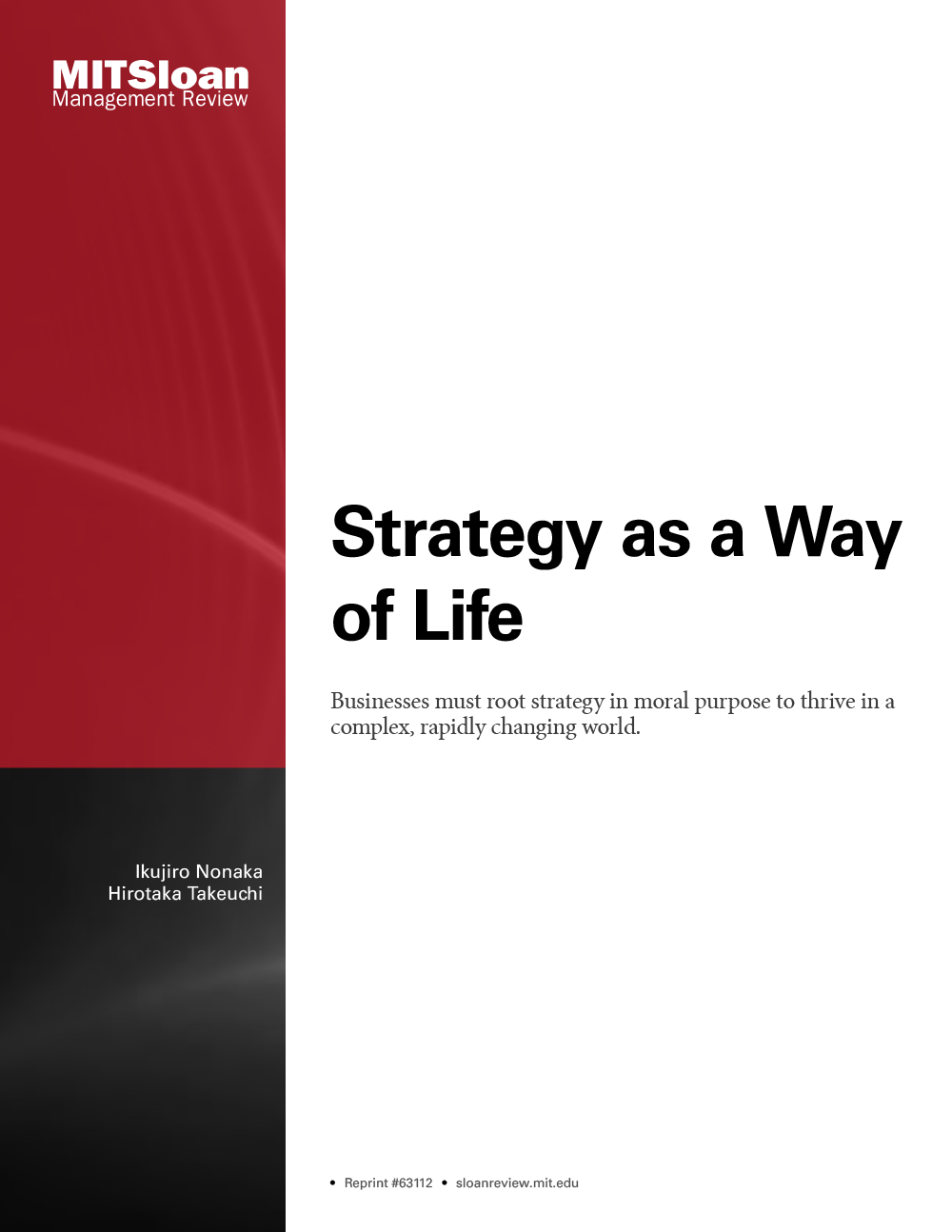
The Change Leadership Sustainability Demands
Many companies are well aware of the need to make their businesses more sustainable but stumble
badly in making that transition. Often they mistakenly assume that the sustainability initiative will
require a single, sustained effort over years when, in fact, it will entail three distinct phases, each needing different leadership skills on the part of the executive heading the effort.
In phase 1, the sustainability leader must be able to communicate a compelling vision and gain buy-in
from key opinion formers in the organization. In addition, the leader must help identify, define and
develop a specific set of business processes that are geared to manage previously unquantified risks and capture new opportunities.
When a company emerges from phase 1, commercial orientation becomes the key competence. Now
the task is to translate high-level commitments into a comprehensive change program with clearly
defined initiatives and hard commercial targets. To make this happen, sustainability leaders in phase 2
must excel at delivering results, and they must have a strong commercial awareness. At the end of this
phase, sustainability becomes an organization-wide imperative that is tracked through economic, environmental and social metrics over the business planning cycle.
In phase 3, the need for commercial orientation continues unabated but is matched by a strong strategic
orientation. The sustainability leader must be adept at anticipating and evaluating long-term sustainability trends, spotting new opportunities and developing strategies to reposition the organization to benefit from them. The goal is to have sustainability become embedded in the organization’s DNA, such that it is a core value and the organization is unconsciously proactive about it.




